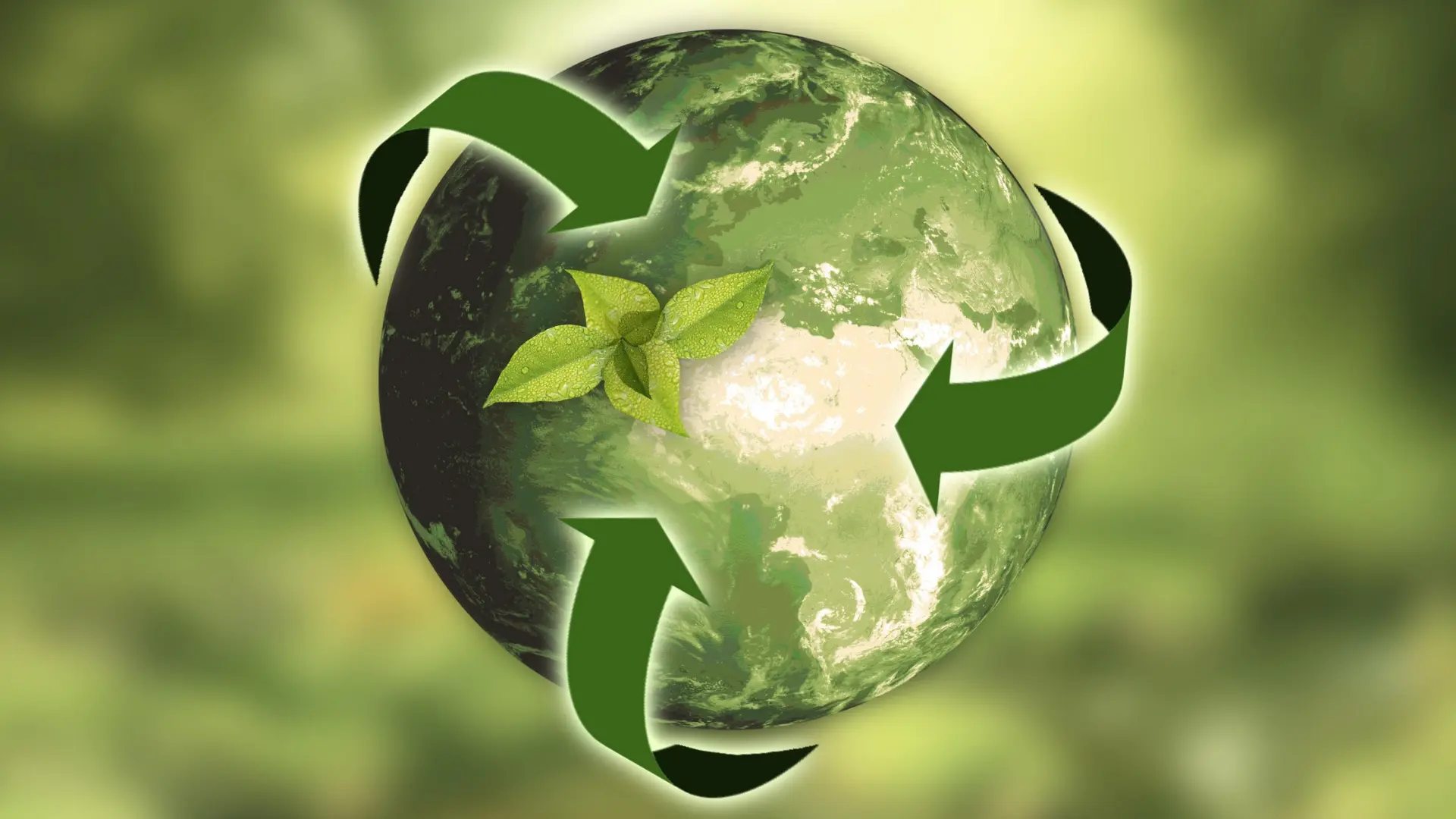“According to the Ellen MacArthur Foundation, transitioning to a circular economy could unlock economic opportunities worth $4.5 trillion by 2030. Furthermore, a report estimates that adopting circular economy principles could bring about a net material cost reduction of $340-380 billion annually in the fast-moving consumer goods sector alone. In the ever-evolving world of business, a game-changing concept that is gaining prominence is circular economy strategies. Beyond being a trend, it’s a transformative approach that directly impacts the bottom line. As a global expert aptly puts it, ‘In a world of finite resources, we need to build a circular economy that gives back more than it takes.’
Read more about Business
This article is your guide into the heart of circular economy strategies, where we’ll decode how businesses can reframe their model and delve into the concept of circular economy strategies, illuminating how businesses can not only redefine their business models but also champion environmental and economic sustainability simultaneously.
Below are some insights about the circular economy strategy in redefining the business model:
Unveiling the Circular Economy Paradigm
The linear “take, make, dispose” model has long been the standard in economic systems, but the circular economy introduces a paradigm shift. It centres on regenerating resources, minimizing waste, and fostering a closed-loop system that is restorative by design.
From Linear to Circular: The Environmental Imperative
Traditional linear economies are notorious for their negative environmental impact. Circular economy strategies address this imperative, emphasizing resource efficiency, waste reduction, and the preservation of ecosystems.
Economic Opportunities within Circular Models
The adoption of circular economy principles presents numerous economic advantages. Businesses can unlock new revenue streams through innovative product design, reduce costs through efficient resource utilization, and enhance overall resilience by diversifying revenue sources.
Reimagining Product Lifecycles
Circular economy strategies redefine how businesses approach product design, production, and end-of-life processes. By prioritizing durability, repairability, and recyclability, companies extend the lifecycles of products, reducing the demand for raw materials.
Circular Supply Chains: Reducing Environmental Footprints
The transformation of supply chains is a cornerstone of circular economy implementation. Businesses are encouraged to adopt circular practices in sourcing, manufacturing, and distribution, thereby reducing the overall environmental impact of their operations.
Sign up for the Connect Nigeria daily newsletter
Waste Reduction and Resource Efficiency
Circular economy strategies emphasize waste reduction as a key objective. Businesses can optimize resource use, minimize waste generation, and implement strategies like remanufacturing to extract maximum value from products throughout their lifecycle.
Collaborative Consumption and Sharing Models
The rise of collaborative consumption, facilitated by sharing models, is a testament to the circular economy’s influence. Businesses can explore opportunities in collaborative consumption, promoting the sharing of resources to maximize utility and minimize excess production.
Technological Enablers of Circular Economies
Technology plays a pivotal role in realizing circular economy goals. Innovations such as blockchain, the Internet of Things (IoT), and artificial intelligence enable traceability, transparency, and efficiency, facilitating the transition to circular business models.
Challenges and Overcoming Barriers
Transitioning to circular economy strategies is not without challenges. Overcoming barriers such as regulatory complexities, consumer perceptions, and initial investment costs requires a strategic approach. Businesses must navigate these challenges to realize the long-term benefits of circularity.
Circular Economy Metrics and Reporting
Measuring and reporting are crucial components of circular economy adoption. Key performance indicators (KPIs) related to resource use, waste reduction, and product lifecycles provide businesses with a framework for assessing their progress toward circularity.
Circular Economy as a Catalyst for Innovation
Circular economy thinking stimulates innovation by encouraging businesses to rethink traditional processes and embrace creativity. This section highlights how adopting circular practices can be a catalyst for continuous improvement and resilience.
Register to attend the CN Business Mixer
Conclusion
Circular economy strategies represent a holistic and sustainable approach to business. By redefining models to prioritize environmental and economic sustainability, businesses can contribute to a regenerative, responsible, and prosperous future. The transition to a circular economy is not just a trend; it’s a fundamental shift toward enduring coexistence between commerce and the environment. Embracing circularity is not just a choice; it’s a strategic imperative for a world seeking sustainable balance and harmony.
What To Do: Go for it!
Embark on a transformative journey towards environmental and economic sustainability by integrating circular economy strategies into your business model, and consider reaching out to a consultant for expert guidance on this impactful paradigm shift.
Got a suggestion? Contact us: [email protected]


